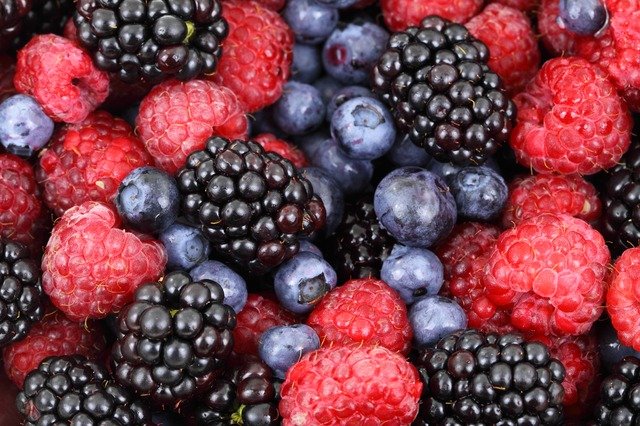Gout is a common type of arthritis that affects around 8.3 million people in the US alone. Gout occurs when uric acid crystals build up in the body, creating crystals in the joints. This buildup can lead to inflammation, pain, swelling, and stiffness in your joints. Gout is especially common in the feet, but it can occur at any joint in the body.
The primary cause of gout is uric acid buildup, which can occur when there is too much purine in the body, a substance that is found in many foods. Thankfully, by making a few simple diet changes, you can ease your gout symptoms and even avoid gout from occurring in the first place! See below for the top 5 diet changes for gout.
5 Simple Diet Changes & Foods to Avoid for Gout
- Avoid Foods High in Purines
Since purines are often seen as the cause of gout, limiting purines in your diet can potentially reduce gout symptoms. This may be the most important diet change in addressing gout. Common foods and drinks that are high in purines include organ meats, seafood, alcoholic beverages, anchovies, mushrooms, and yeast.
- Eat More Antioxidant-Rich Foods
 A key underlying factor contributing to gout is inflammation in the body. Antioxidant-rich foods are well known for reducing inflammation throughout the entire body, and they also contain many phytochemicals that can have a range of beneficial effects. Some foods that are rich in antioxidants are berries, artichokes, beans, cabbage, grapes, beets, and dark chocolate.
A key underlying factor contributing to gout is inflammation in the body. Antioxidant-rich foods are well known for reducing inflammation throughout the entire body, and they also contain many phytochemicals that can have a range of beneficial effects. Some foods that are rich in antioxidants are berries, artichokes, beans, cabbage, grapes, beets, and dark chocolate.
- Reduce Refined Carbohydrates
Excess weight and blood sugar imbalance are often seen as contributing factors to gout, and carbohydrates are often seen as the primary culprit in causing these imbalances. Try to reduce your intake of refined carbohydrates, such as pasta, bread, and white rice, and instead opt for complex carbohydrates like beans, vegetables, barley, and quinoa.
- Optimize Protein Intake
One of the highest foods containing purines is animal proteins. If possible, try to switch to a vegetarian diet with nourishing plant-based proteins, particularly during a gout flare-up. If you still want to eat meat, it is best to limit your consumption to 1 to 2 servings per day and opt for low-purine proteins, such as eggs, cold-water fish, nuts, and seeds.
- Reduce Fructose Consumption
Fructose is a common form of sweetener that is also found in many fruits. When fructose is broken down in the body, it releases purines which contribute to gout. Foods that are high in fructose include honey, agave, dried fruits, fruit juices, high fructose corn syrup, and apples.
See One of Our Doctors for Gout Today!
By implementing these diet changes, you can drastically reduce and ease your gout symptoms. Although diet changes can be helpful, they are not curative, and it is essential to continue treatment with a doctor specialized in gout.
For assistance with your gout treatment, reach out to one of our trained physicians at Overlake Arthritis & Osteoporosis Center located 2100 116th Ave NE, Bellevue, WA 98004. We are here to help.

